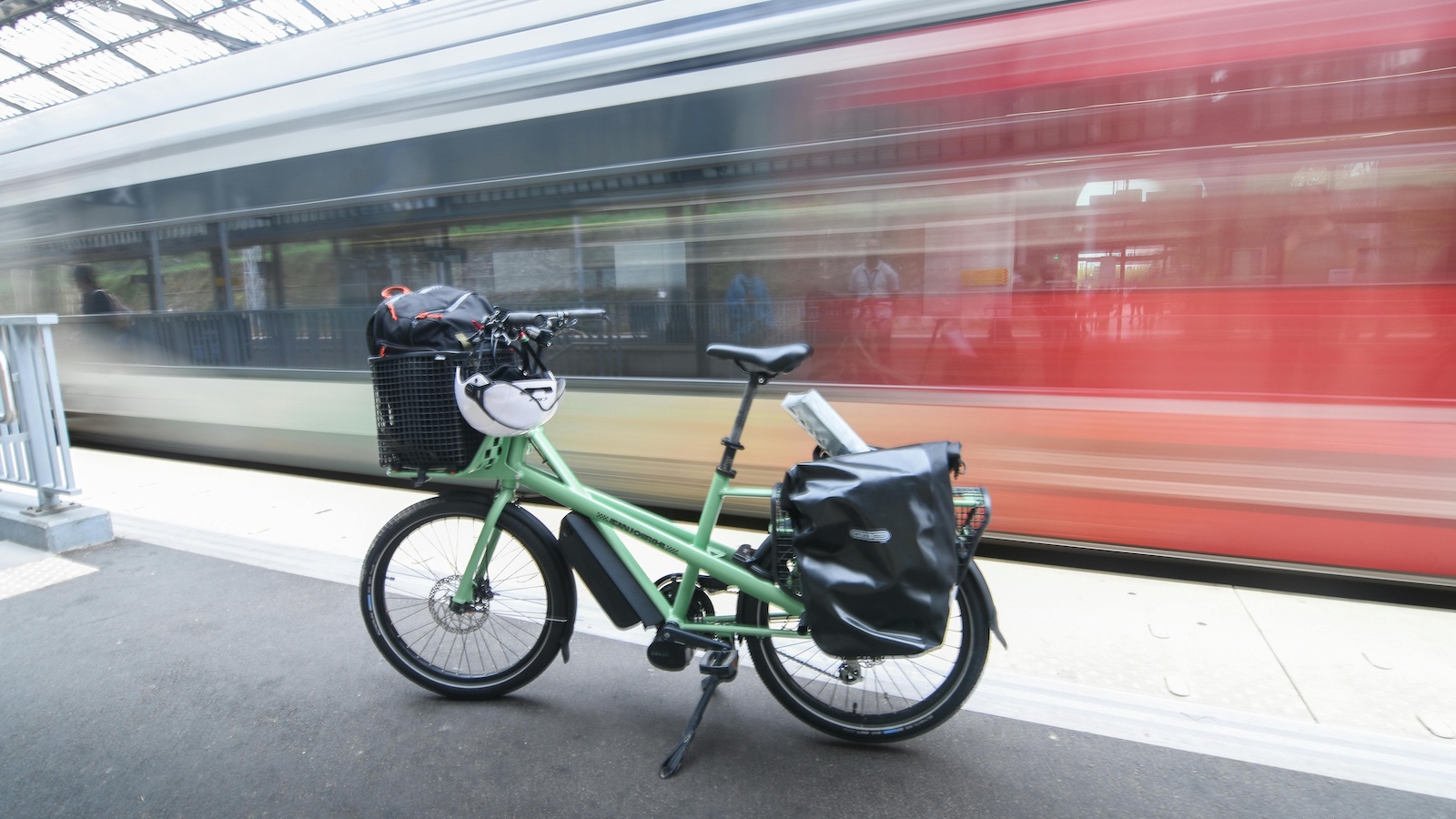Electric bicycles, or e-bikes, have become a common sight these days in just about every urban environment all over the world. They're fast, efficient, and eco-friendly, making them a popular alternative to traditional transportation. But their rise in popularity is accompanied by a surge in serious accidents and injuries, especially in dense metropolitan areas. As e-bike accidents become more frequent and more severe, the question isn't whether we should embrace this mode of transport– it's already a fact of life– but how we can do it safely.
Bike injuries, especially those between electric bicycles and motor vehicles, can have serious consequences. If you've been injured while riding, know your rights, and where to turn for legal support.
The Surge in E-Bike Popularity
More than 1.1 million e-bikes were sold in the U.S. in 2022 alone, a nearly fourfold increase since 2019.
This growth is driven by multiple factors:
- Rising fuel prices and eco-consciousness
- The desire to avoid crowded public transit
- Advancements in battery and motor technology
- Local rebate and micromobility incentive programs
E-bikes are also capable of higher speeds than traditional bikes, often reaching 28 mph. Many newer models include throttle-only features, removing the need for pedaling entirely. Unfortunately, many riders are unaware of the risks these features present, especially in areas lacking proper bike lanes or municipalities not designating areas for their use, or having no infrastructure designed to support micromobility.
As adoption continues to rise, so do accidents. Emergency departments are reporting a steady increase in micromobility injuries, many involving e-bikes.
E-Bike Accidents on the Rise
The increase in accidents involving e-bikes has raised serious concerns for public safety officials and healthcare providers. According to the Consumer Product Safety Commission (CPSC), injuries increased by 21% between 2021 and 2022 alone. Even more alarming, e-bike crashes tend to result in more severe injuries compared with traditional bicycles.
The reasons? Higher speeds, heavier frames, automated riding features, and lithium-ion battery hazards. Unsafe speeds and rider inexperience are among the leading causes of e-bike crashes, especially in busy urban environments.
Between 2017 and 2022, emergency departments across the U.S. saw a sharp uptick in e-bike-related visits, from just 751 cases to more than 23,000 annually. In New York City, 23 of the 30 bicycle deaths in 2023 involved e-bikes. And in California, the number of e-bike incidents rose more than 18 times over five years.
Children and adolescents are among the most affected. Riders under 18 years of age now represent over one-third of all e-bike injuries, with many suffering from head trauma, lower extremity fractures, and internal injuries. Some experts link this trend to underregulated sales, lack of age restrictions, and the appeal of throttle-based models that require no pedaling or skill development.
Not all e-bike injuries stem from collisions. A growing number are tied to mechanical issues and battery fires. Cheap, unregulated lithium-ion batteries have been linked to hundreds of fire incidents nationwide, resulting in property damage, serious burns, and even fatalities. Improper charging and poor quality components put every e-bike owner at risk, even when the bike isn't in motion.
Who Is At Fault in an E-Bike Accident?
Determining fault in an e-bike accident isn't always clear-cut. Unlike traditional bicycles, e-bikes fall into a legal gray area, somewhere between bicycles and motor vehicles. This ambiguity complicates insurance claims, police reports, and legal accountability, especially in urban areas. The most common e-bike accidents involve collisions with other vehicles, particularly at intersections where drivers may misjudge an e-bike's speed.
As an experienced bicycle accident attorney will tell you, liability often depends on how the e-bike was being used, what class of e-bike was involved, and whether traffic laws were followed. The faster the e-bike, and the more motor-reliant, the more likely it is to be treated like a motor vehicle in the eyes of the law.
Here are a few common at-fault scenarios:
- Motor vehicle drivers: Cars failing to yield in intersections, opening doors into bike lanes, or turning without signaling are frequent culprits. These incidents often happen because drivers underestimate the speed of e-bikes.
- The bike rider: Inexperienced riders may travel too fast for conditions, misjudge braking distances, or make sudden movements in traffic. Speeding and improper turns are two of the top cited violations in e-bike crashes.
- Manufacturers: If a crash is caused by faulty brakes, a stuck throttle, or a battery fire, the bike manufacturer may be held accountable under product liability laws.
- Local governments: Poorly maintained bike lanes, lack of designated areas, or missing signage can shift liability to the municipality responsible for safe infrastructure.
Essential Safety Tips for E-Bike Riders
As e-bikes continue to grow in popularity, staying safe on the road is more important than ever, and a few steps can greatly reduce your chances of being involved in an accident or suffering serious bike injuries.
1. Always Wear a Helmet
It may seem obvious, but helmet use remains one of the most effective ways to prevent common injuries, particularly traumatic head injuries. This is especially important for riders of Class 3 bikes, which can reach speeds of 28 mph.
2. Follow Traffic Laws and Ride Predictably
E-bikes may look like traditional bicycles, but in many ways, they behave more like mopeds. Stick to designated bike lanes whenever possible, signal your turns, obey traffic signals, and avoid weaving through cars. Remember: motorists often misjudge an e-bike's speed, especially at intersections and roundabouts.
3. Perform Regular Maintenance
Check your brakes, tires, chain, and battery before every ride. A stuck throttle, brake failure, or battery defect can turn a simple ride into a dangerous situation. Only use manufacturer-approved components, and never attempt to bypass the bike's speed limiter.
4. Handle Your Battery With Care
Improper charging and cheap aftermarket batteries are the top causes of e-bike fires. Always charge in a cool, dry area, away from flammable materials, and never leave a battery unattended overnight. The CPSC has urged riders to report defective batteries and only purchase certified models that meet national safety standards.
5. Ride Defensively in Urban Environments
Drivers may not see you, especially in their blind spots. Make eye contact with motorists at intersections, avoid riding too close to parked cars (door zones), and be extra cautious around large trucks and buses.
Beyond protecting your physical safety, these tips can also strengthen your legal position if a crash happens. A well-documented history of safe riding habits can make a big difference in your case, should you need to work with a bicycle accident attorney after a crash.
When to Speak With an E-Bike Attorney
Even when you do everything right, accidents still happen. And when they do, the consequences can be life-altering. Beyond simple inconvenience and physical pain, a crash involving an e-bike can disrupt your world completely. Victims may experience debilitating fractures and spinal injuries and may encounter lost wages due to recovery time, along with mounting medical bills.
It can be hard to know what to do in the immediate aftermath of a crash, so the best way to be prepared is to know your rights and the legal options available to you. No matter the cause of your e-bike-related personal injury, a skilled bicycle accident attorney can help hold the right parties accountable and pursue the compensation you deserve.






